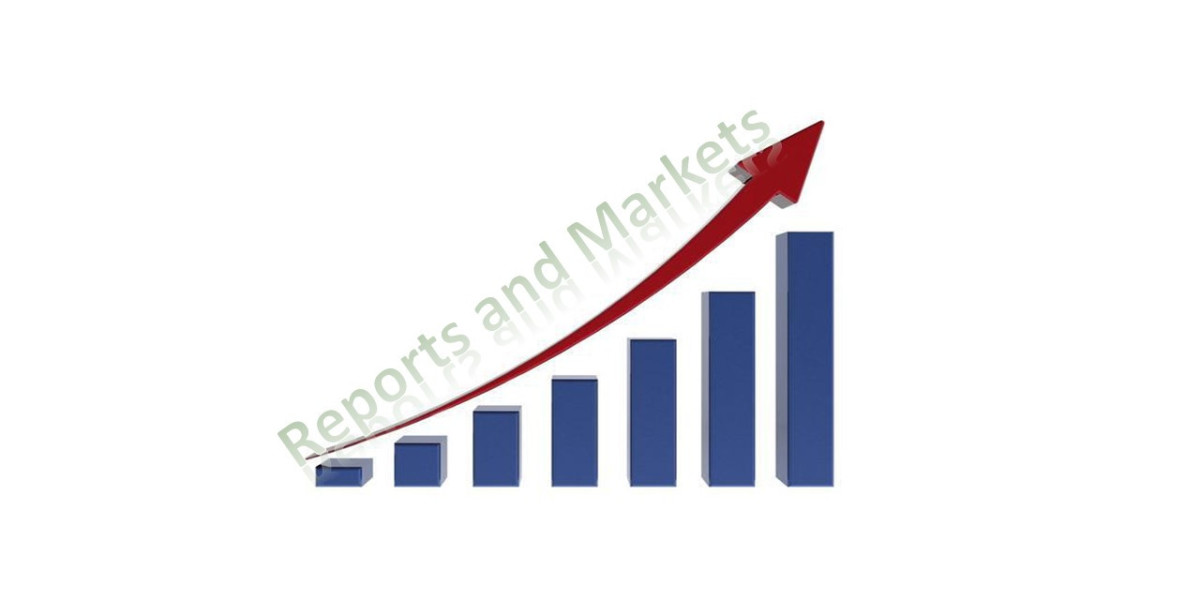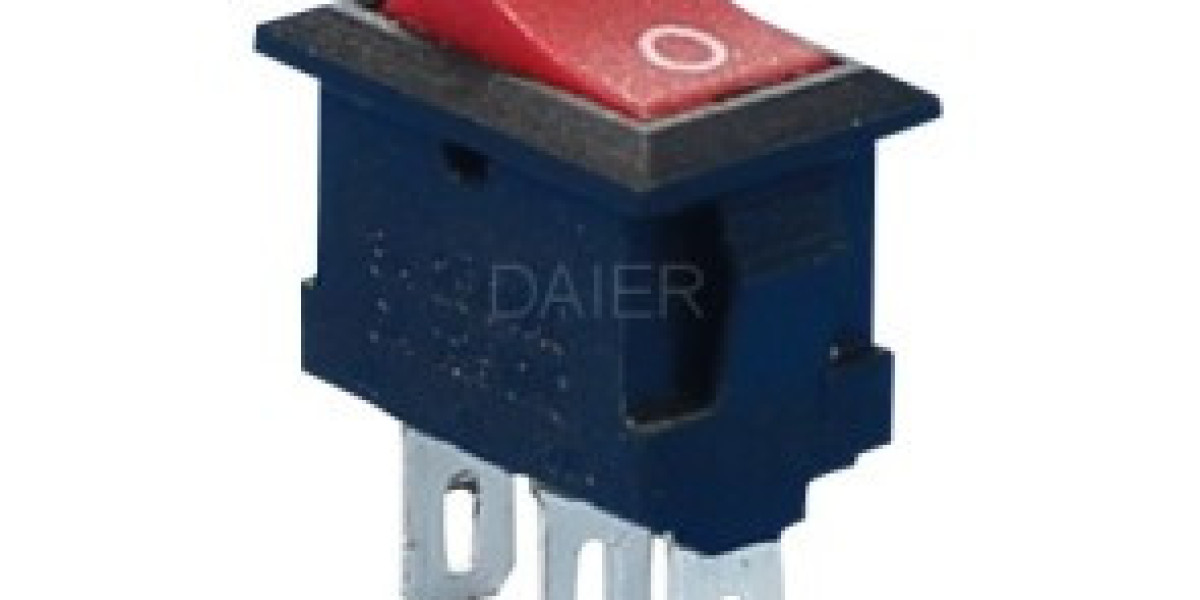In an era driven by digital convenience, online transactions have become an integral part of our daily lives. One of the pioneers in this space is PayPal, a platform that has revolutionized the way we exchange money and make purchases over the internet. With its user-friendly interface and robust security measures, PayPal has gained the trust of millions worldwide. In this article, we'll explore how to master online transactions using PayPal safely.
Understanding the Basics of PayPal
PayPal is an online payment platform that allows users to send and receive money electronically. It acts as a digital wallet, linking your bank account, credit card, or debit card to your PayPal account. This eliminates the need to share sensitive financial information when making online purchases.
Creating a Secure PayPal Account
To begin using PayPal, you need to create an account. Start by visiting the official PayPal website and following the registration process. Choose a strong, unique password that includes a combination of letters, numbers, and symbols. Enable two-factor authentication for an extra layer of security, requiring you to provide a verification code in addition to your password.
Linking and Verifying Your Payment Methods
Once your account is set up, link your preferred payment methods—credit cards, debit cards, and bank accounts—to your PayPal account. PayPal will verify these methods by making small deposits or charges and asking you to confirm the amounts. This step ensures that only authorized individuals can access and use your account.
Making Safe Online Purchases with PayPal
When making online purchases, always opt for websites that offer PayPal as a payment option. This adds an extra layer of security by keeping your financial information confidential. During checkout, select PayPal as your payment method, and you'll be redirected to a secure PayPal page. Log in to your PayPal account, review the transaction details, and confirm the payment.
Recognizing Phishing Attempts
Phishing attempts are fraudulent efforts to steal your personal information by posing as legitimate entities. Be cautious of emails, messages, or websites asking you to provide your PayPal credentials. PayPal will never ask for sensitive information via email. Always ensure that the URL in your browser's address bar begins with "https://" when accessing your PayPal account.
Monitoring Your Account Activity
Regularly review your PayPal account activity to identify any unauthorized transactions. PayPal provides tools to help you track your transaction history and monitor your account's security status. If you notice any suspicious activity, contact PayPal's customer service immediately to report it.
Transferring Funds Securely
PayPal allows you to transfer funds to friends, family, or businesses. When transferring money, double-check the recipient's information to avoid sending funds to the wrong account. Use the "send money" feature within your PayPal account for added security.
Conclusion
Mastering online transactions using PayPal safely requires a combination of vigilance and understanding. By following the steps outlined in this guide, you can enjoy the convenience of online payments while keeping your financial information secure. PayPal's commitment to user protection and advanced security features make it a reliable choice for those seeking a safe and efficient way to navigate the world of digital transactions. Remember, a little caution goes a long way in ensuring a worry-free online payment experience. Read more about latest Curtis Mcnulty News Here.


